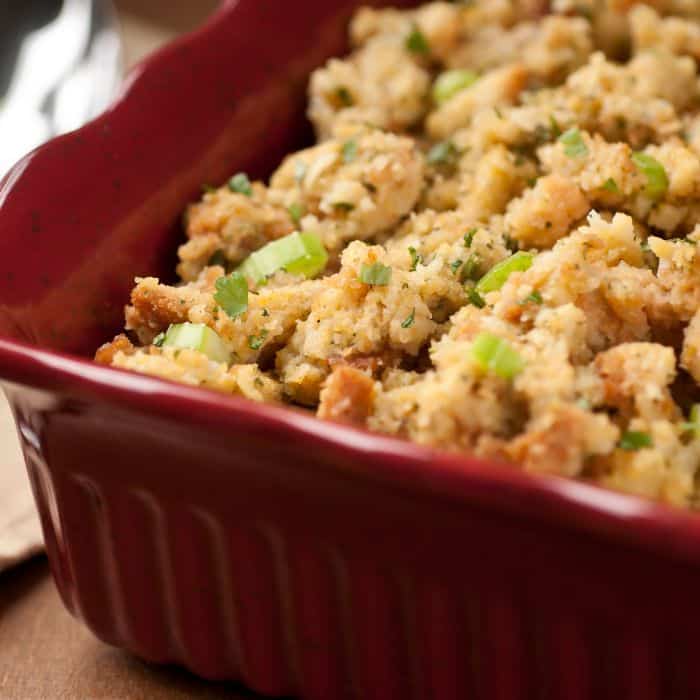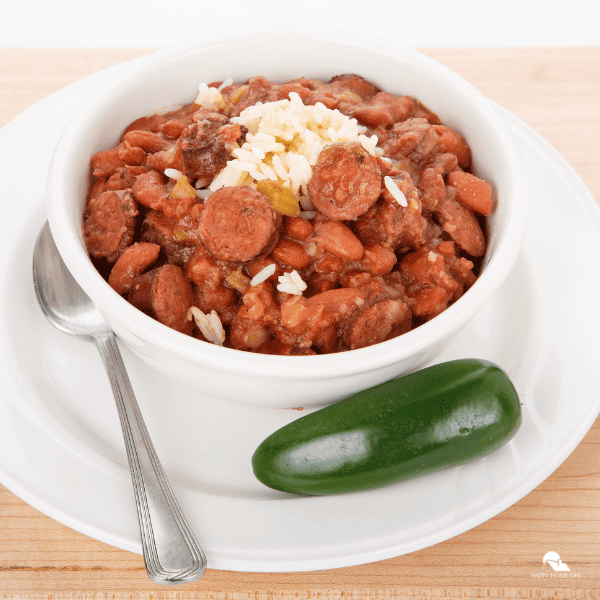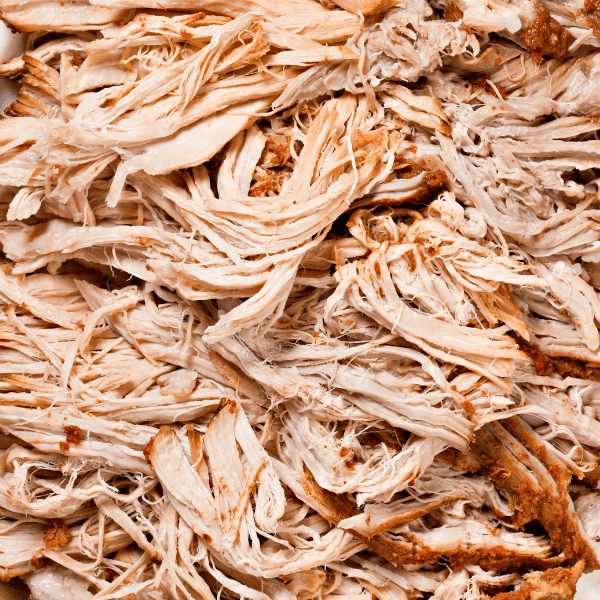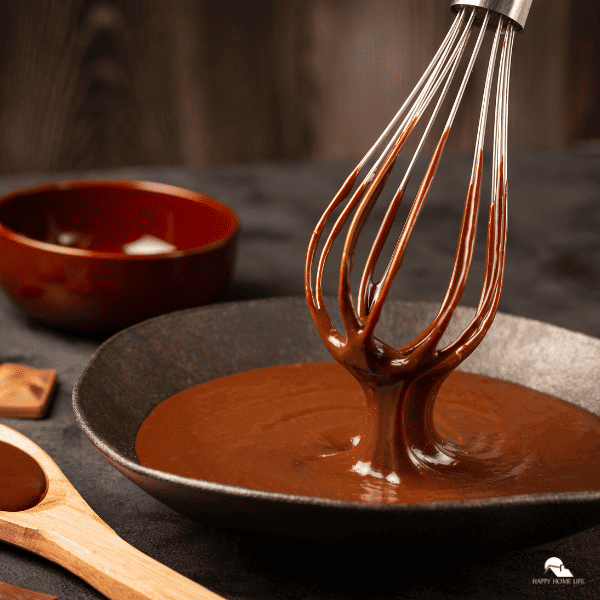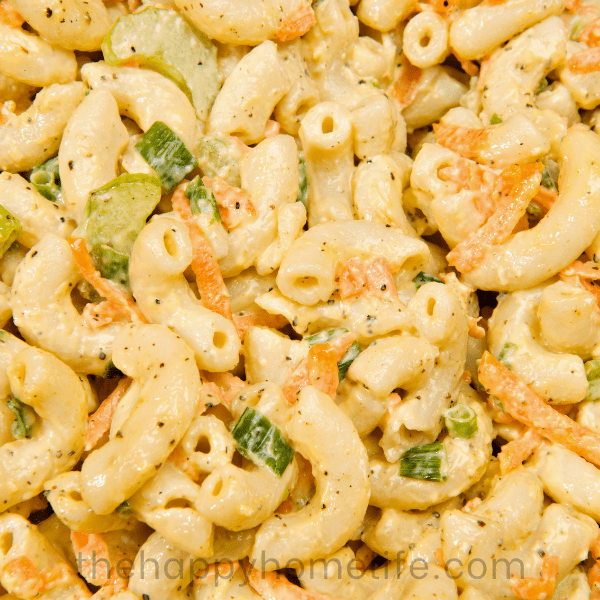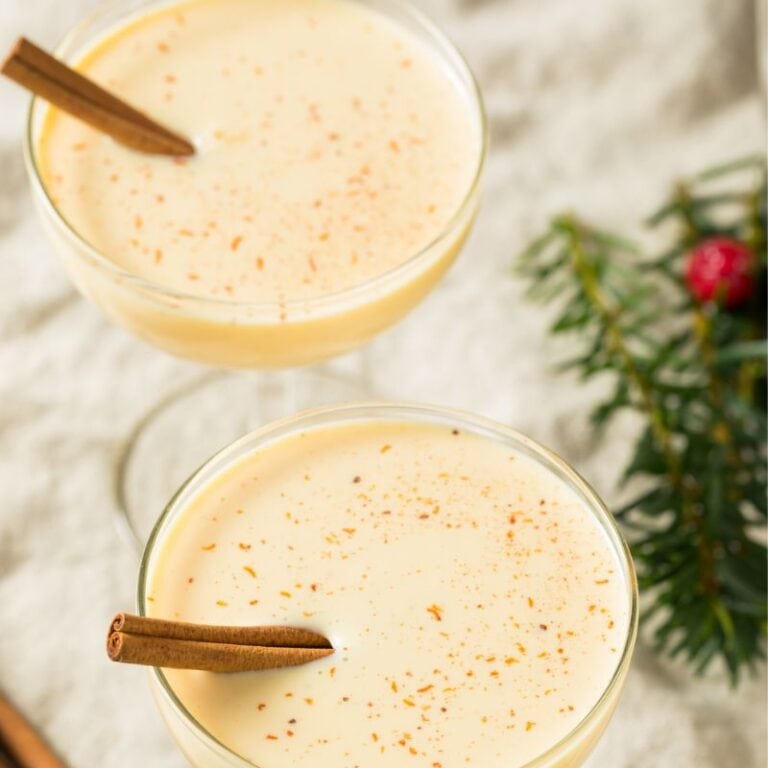As the holiday season approaches, one dish that always steals the spotlight is stuffing. This classic side dish is a staple on every Thanksgiving and Christmas dinner table, and for good reason. Its hearty and savory flavors perfectly complement the main course. But when it comes to making the best stuffing, the type of bread used can make all the difference.
So, let’s dive into the world of bread and explore the best options to use for stuffing and how they can elevate your homemade stuffing to new heights. Get ready to rise above the rest as we rank the top contenders for the title of the best bread to use for stuffing.
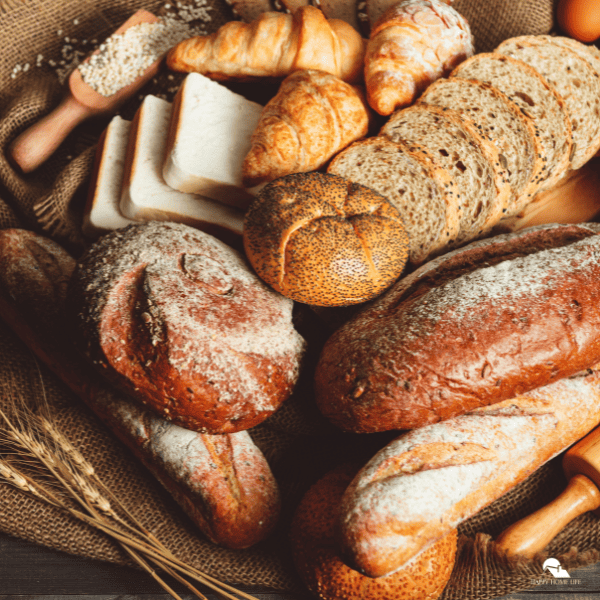
Unraveling the Origin of Bread Stuffing
The tradition of stuffing dates back centuries, with its origins rooted in practicality and creativity. In fact, the concept of stuffing has been a part of culinary history since ancient times, when cooks discovered that filling a bird’s cavity with ingredients like grains, herbs, and vegetables enhanced the flavor and helped keep the meat moist during cooking.
However, it wasn’t until the introduction of bread that stuffing as we know it today truly began to take shape.
The concept of using bread as a base for stuffing can be traced back to the Middle Ages in Europe. Stale or leftover bread was soaked in broth or other liquids to soften it and then mixed with various seasonings and fillings.
This mixture was then stuffed into poultry, game, or other meat before roasting, creating a flavorful and moist stuffing that quickly became a favorite among both nobility and commoners.
Over time, the recipe for bread stuffing evolved, with regional variations adding their own unique twists. In some parts of Europe, breadcrumbs and herbs were mixed with eggs and milk to create a more custard-like stuffing, while others preferred a heartier, bread-centric version.
The migration of European settlers to the Americas brought their stuffing traditions with them, leading to the development of new recipes and techniques.
Today, the best bread for stuffing is still a matter of personal preference and regional tradition. Some prefer a rustic and crusty loaf, like sourdough, for its hearty texture and tangy flavor, while others opt for softer, more delicate options like white bread or even cornbread.
Ultimately, the choice of bread depends on the desired texture, flavor, and overall style of the stuffing.
Now that we’ve unraveled the history behind bread stuffing let’s move on to exploring the criteria for selecting the best bread for stuffing. After all, finding the perfect bread is essential to creating a stuffing that will elevate your holiday feast to new heights.
Criteria for Selecting the Best Bread for Stuffing
When it comes to selecting the best bread for stuffing, there are a few key criteria to consider. First and foremost, you want a bread that will absorb the flavors of the other ingredients while still maintaining its structure.
This means choosing bread with a slightly denser texture, as it will hold up better to the moisture and seasonings.
Another important factor to consider is the flavor of the bread. The type of bread you choose will significantly impact the overall taste of your stuffing. For a classic and familiar flavor, opt for white or whole-wheat bread. These options provide a neutral base that allows the other ingredients to shine.
If you’re looking to add a bit more depth and complexity to your stuffing, consider using a rustic bread like sourdough. The tangy flavor of sourdough can elevate your stuffing and give it a unique twist. Alternatively, you could experiment with specialty breads like rye or multigrain for added flavor and texture.
Texture is also a crucial aspect to keep in mind. A softer bread, like white or whole wheat, will yield a softer and more delicate stuffing.
On the other hand, a crustier bread, like sourdough or French bread, will provide a heartier and chewier texture. Consider the overall texture you desire for your stuffing and choose a bread accordingly.
Lastly, don’t forget to consider any dietary restrictions or preferences. If you or your guests follow a gluten-free or vegan diet, plenty of alternative bread options can still deliver delicious results.
By taking into account these criteria – absorption, flavor, texture, and dietary preferences – you can make an informed decision and select the best bread for your stuffing.
So choose your bread wisely, as it will be the foundation for a stuffing that will take your holiday feast to new heights.
Comparing Different Types of Breads: White, Whole Wheat, Sourdough, and more
When choosing the best bread for stuffing, the options can be overwhelming. The list goes on: white bread, whole wheat, sourdough, multigrain. Each type of bread brings its own unique qualities to the table, so let’s take a closer look at how they compare.
White bread is a classic choice for stuffing. Its soft and tender texture creates a delicate stuffing that melts in your mouth. The neutral flavor of white bread allows the other ingredients to shine, making it a versatile option for any stuffing recipe.
Whole wheat bread, on the other hand, adds a nutty and wholesome flavor to your stuffing. It has a denser texture compared to white bread, giving your stuffing a heartier bite. Whole wheat bread also brings added nutritional value, as it is rich in fiber and nutrients.
If you want to add a tangy twist to your stuffing, sourdough bread is the way to go. Its unique flavor profile elevates the taste of your stuffing and adds a pleasant tanginess. The crusty exterior of sourdough bread also creates a satisfying crunch in every bite.
For those who prefer a more rustic and robust stuffing, consider using multigrain bread. Packed with a variety of grains and seeds, this type of bread adds depth and complexity to your stuffing. It offers a hearty and chewy texture that complements the other ingredients perfectly.
Ultimately, the best bread for stuffing depends on your preference and the desired flavor and texture of your stuffing. Don’t be afraid to experiment with different types of bread to find the perfect match for your holiday feast.
Whether you opt for classic white bread or go for something more adventurous like sourdough, the bread you choose will undoubtedly play a key role in making your stuffing shine.
So, choose wisely and let your taste buds guide you to the ultimate bread for stuffing perfection.
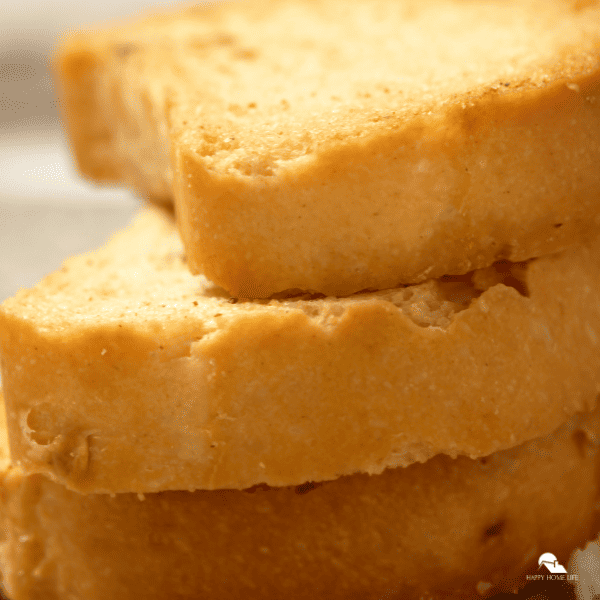
Toasted vs Fresh Bread: Which One To Use For Stuffing?
Now that we’ve explored the different types of bread that can be used for stuffing, let’s tackle another critical aspect: toasted or fresh bread. This decision can significantly impact the texture and overall taste of your stuffing, so it’s essential to choose wisely.
Toasted bread offers a unique twist to your stuffing. By toasting the bread cubes before adding them to your stuffing mixture, you create a drier and more crumbly texture. The toasting process removes some of the moisture from the bread, allowing it to absorb the flavors of the other ingredients better.
The result is a stuffing with a slightly crunchy exterior and a softer, moist interior. The toasting also enhances the flavors of the bread, adding a nutty and rich taste that can take your stuffing to the next level.
On the other hand, using fresh bread can result in a softer and more cohesive stuffing. The fresh bread cubes will retain more moisture during cooking, resulting in a stuffing that is denser and more compact. This can be particularly desirable if you prefer stuffing with a consistent and smooth texture.
Fresh bread also maintains its natural flavors, allowing the other ingredients to shine without additional toasting or browning.
Ultimately, the choice between toasted and fresh bread for your stuffing depends on personal preference and the desired texture and taste. If you prefer a stuffing with more texture and a slight crunch, opt for toasted bread.
On the other hand, fresh bread is the way to go if you prefer a softer and more cohesive stuffing. Don’t be afraid to experiment with both options to find the perfect match for your holiday feast.
Remember, the goal is to create a stuffing that delights your taste buds and leaves your guests wanting more. So, toast it up or keep it fresh – either way, your stuffing will surely be a hit.
Gluten-Free and Vegan Options: Not All Breads are Created Equal
Regarding accommodating dietary restrictions and preferences, not all breads are created equal. If you or your guests follow a gluten-free or vegan diet, it’s important to choose a bread that fits the bill. Luckily, there are plenty of options available that can still deliver delicious results in your stuffing.
For those following a gluten-free diet, there are now many gluten-free bread options on the market. These breads are typically made from alternative flours, such as rice flour, almond flour, or quinoa flour.
While they may have a slightly different texture and taste compared to traditional bread, they can still be a great choice for stuffing. Just be sure to select a gluten-free bread that is sturdy enough to hold up to the moisture and other ingredients in your stuffing. A denser bread with a good structure will work best.
When it comes to vegan stuffing, the key is to find a bread that doesn’t contain any animal products such as eggs or dairy. Thankfully, many commercial breads are already vegan-friendly.
Look for breads made without butter, milk, or honey. You can also find vegan bread recipes online and make your own at home. Options like whole wheat, multigrain, or even a rustic sourdough can all be suitable choices for a vegan stuffing.
Whether you’re gluten-free, vegan, or both, it’s important to read the ingredients carefully and ensure that the bread you choose meets your dietary requirements. By selecting a gluten-free or vegan bread, you can still enjoy a delicious and flavorful stuffing that will satisfy everyone at your holiday table.
Don’t let dietary restrictions hold you back – get creative and find the perfect bread for your gluten-free or vegan stuffing.
Pro Tips for Making Perfectly Moist and Flavourful Stuffing
As you embark on your stuffing-making journey, you must have a few pro tips up your sleeve to ensure your stuffing comes out perfectly moist and flavorful. After all, the bread may be the foundation, but the techniques you use can truly take your stuffing to new heights.
First and foremost, consider using a homemade broth or stock to moisten your stuffing. Not only will this add an extra layer of flavor, but it will also help to prevent your stuffing from drying out during baking.
Whether you prefer a vegetable broth for vegan stuffing or a rich chicken or turkey stock, the choice is yours. Just be sure to use enough liquid to fully moisten the bread cubes without making them soggy.
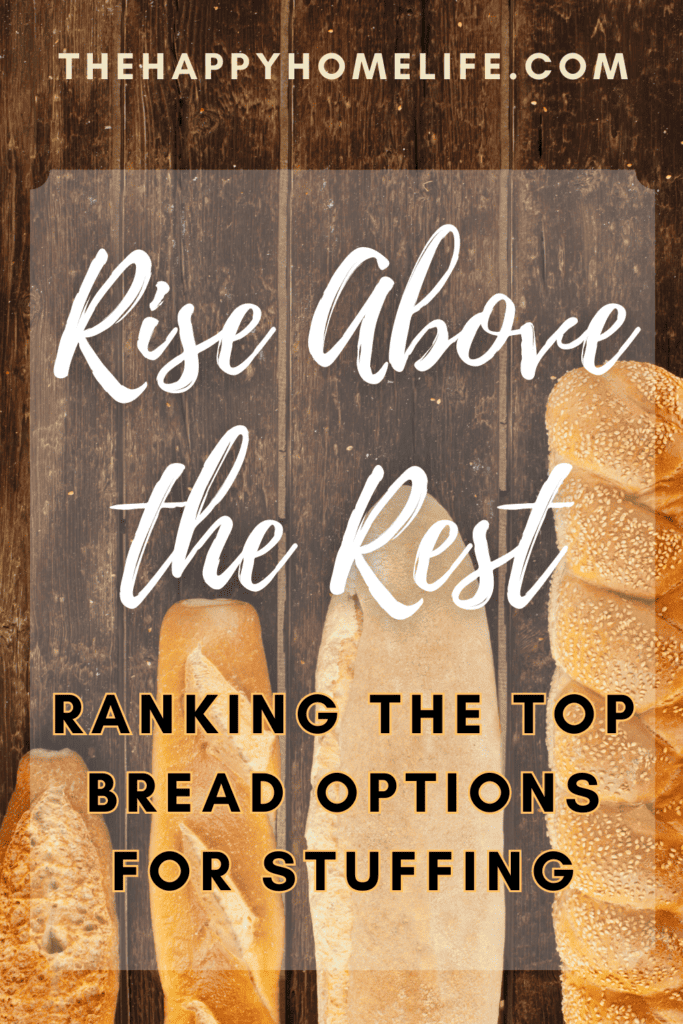
Speaking of bread cubes, size matters. Aim for cubes that are around 1-inch in size, as this will allow for even cooking and optimal absorption of flavors. If your cubes are too large, they may not fully cook through, resulting in a mushy texture. On the other hand, if they’re too small, they may dry out and become crumbly.
To add an extra layer of depth and complexity to your stuffing, consider adding sautéed vegetables or herbs. Onions, celery, and garlic are classic choices that can enhance the flavor profile of your stuffing. Sauté them in butter or olive oil until they become soft and fragrant, then mix them into your bread mixture before baking.
Lastly, don’t be afraid to get creative with your seasonings. While traditional herbs like sage, thyme, and rosemary are always a hit, feel free to experiment with spices like cumin or paprika for a unique twist. Just remember to taste as you go to ensure the flavors are well-balanced and harmonious.
With these pro tips in mind, you’re ready to take on the challenge of making perfectly moist and flavorful stuffing. Cooking is all about experimentation and making it your own, so don’t be afraid to let your creativity shine. Happy stuffing!

